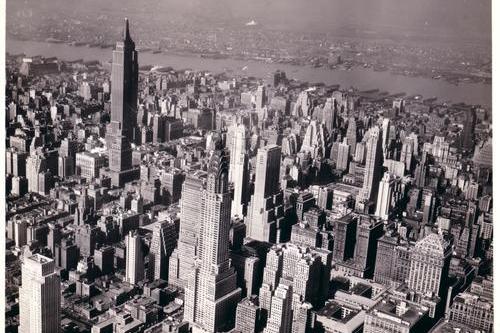
New York City’s Urban Heat Island, 1860-2020
Excessive heat has presented a problem for public health officials in New York City since the mid-nineteenth century building boom that covered the island of Manhattan in bricks, concrete, and other heat-storing materials. Prior to that, however, Americans had noticed that cities were warmer than their surrounding countryside as early as the 1790s. The phenomenon now known as the “urban heat island” has shaped the bodily experiences and collective destinies of millions.
In her latest research, Dr. Kara Schlichting, associate professor at the City University of New York, uncovers the complex relationship between the evolving built environment of the city, the macro-climatic conditions prevailing globally, and the socially-differentiated lived experiences of heat had by city residents. By digging into Hagley collections, including trade catalogs and the Willis Carrier collection, Schlichting is able to tell a history that links multiple scales of time and space, an act of scholarly imagination that allows us to assess the technological and political systems that shape the climate we all must live with.
In support of her research, Dr. Schlichting received finding from the Center for the History of Business, Technology, and Society at the Hagley Museum and Library.
